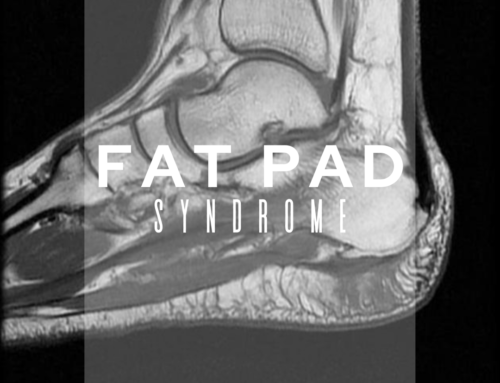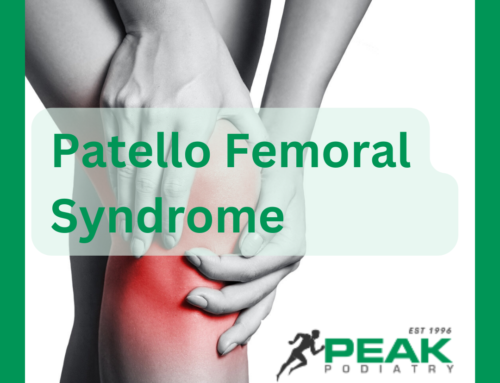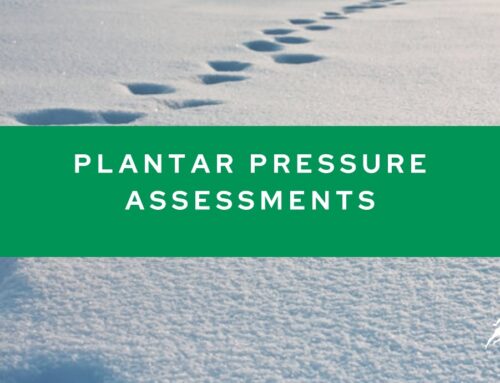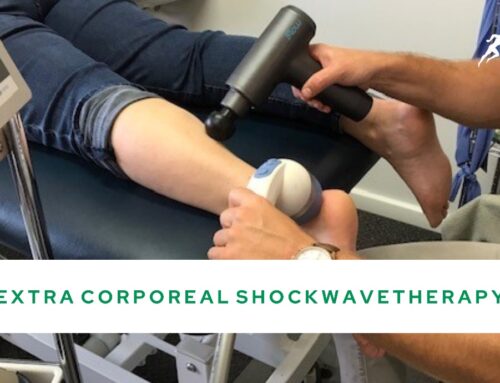PEAK PAGES
Welcome to another edition of “Peak Pages” looking at the latest and greatest in the world of Peak Podiatry, biomechanics and sports podiatry.
The cooler months and shorter days have settled in. Winter sports are well underway.
The Australasian Podiatry conference was held in Sydney this month and we have come back even more motivated and confident to provide the best and most up to date care for our patients.
Having a biomechanical assessment and footwear assessment are crucial to keep you on track and injury free, so book an assessment today. We are happy to help. Patient assessments are provided on disc for viewing for other practitioners, coaches and for comparative follow up analysis.
We have also fine tuned our bike shoe / cleat assessment protocol following workshops with the AIS Biomechanist Dr Nick Brown. Are you best set up to maximize power and reduce injury?
Another important update was on tendinopathy management. Leading Australian researcher Professor Jill Cook presented her management guidelines at the conference. Read on for a summary of her workshop.
If you haven’t checked out our facebook page please do so by clicking here to keep up with our weekly activities and latest article links.
This issue:

Managing Tendinopathy
Athlete Profile – Robert Donkersloot
Managing Tendinopathy
Summary of workshops presented by Professor Jill Cook at the Australasian Podiatry Conference. Sydney June 2-5th 2013.
Jill Cook is one of the leaders of tendinopathy research in Australia. It was a great insight into the importance of quality research resulting in changes in clinical practice and evidence based outcomes that can be put to practical use.
The following is a summary of Management of Mechanical Disease (Achilles Tendinopathy). A condition we see in practice presenting as a reactive condition, a chronic and degenerative presentation or somewhere in between.
It is important to determine the stage of the tendinopathy and to apply the right treatment protocol at the right time and a progression of treatment to match the continuum of tendinopathy.
The primary cause of mechanical tendinopathy is the result of an irrational placement of load exceeding the capacity of the tendon. So in clinical terms this could be a change in training intensity, introduction of hill running, speed work or even returning to training after a period of rest. Or even lack of rest between activities.
Area of involvement 
- Mid tendon- repeated energy storage and release
- Insertional- compressional load
- Peritendinopathy- friction
Factors other than load affecting the capacity of the tendon to take a load
- Systemic factors- reactive disease such as Rheumatoid arthritis, or genetic makeup affecting the integrity of collagen fibres.
- Morphology- altered structure affecting the ability to take load i.e. low inserting Soleus, Haglands deformity
- Age- 30+
- BMI
- Insulin resistance, Type 2 Diabetic
- Sex – female hormones protect collagen production
- Corticosteroids- good for reactive stages to change the pain in the short term but less effective for degenerative tendinopathy
- Foot posture- a rigid high arched foot has reduced dorsiflexion which increases compression load at Achilles tendon. A pronated foot type has a smaller volume of tendon which reduces the capacity to take load. Interesting to note that a tendon cannot be made bigger post puberty it can only be made stronger.
Insertional Achilles Tendinopathy Management Guidelines
It is all about compression load.
- The primary concern in the reactive stage of tendinopathy is to reduce or reverse the process of compressive load. At the Achilles tendon this is ankle joint dorsiflexion. So heel lifts in shoes or externally such as a moderate heeled shoe for women or for men the RM Williams boot is a good example. The lifts are an immediate effective reversal of compressional load.
Managing load doesn’t mean absolute rest but reducing the load to a level that allows the tendon to recover. This may mean rest from running or modifying training depending on the severity and or level of pain to complete these tasks.
When managing load we need to be guided by a normal tendon response to load. Jill Cook quoted 96hrs for a normal tendon to recover. This becomes important when managing return to training
- The next stage of management is a progressive load rehabilitation guideline to improve the energy storage and release capacity of the tendon (spring like power)
This will be gauged by patient morphology and the capacity of the patient to perform the tasks. For example how much load generates pain, how much strength or capacity do they need i.e a recreational walker versus a triple jumper.
A progressive load may include
 Toe raises- double, single managed by pain
Toe raises- double, single managed by pain - Little jumps- assess pain , this is energy storage activity
- Single leg hops- this a more demand on mechanical capacity
- Power hops- this helps rehabilitate to spring of the tendon requiring short sharp power
Isometric exercises
Isometric exercises are excellent for getting rid of tendon pain, so are therefore good to implement in the early stages. Isometric exercises are where the muscle works against a resistance without creating joint movement or changing muscle length.
An example of Isometric exercises for the Achilles tendon is to place a chair less than a legs length from a wall, extend leg out and touch wall with the ball of the foot, grip chair and press foot into wall.
For example a walker or golfer would hold for 15 seconds repeat 3-4 times and do 2-3 times a day
An athlete would hold for 30-40 seconds repeat 3-4 times and do this 2-3 times a day.
Isotonic exercises
Isotonic exercises where tension remains constant and muscle length changes. A combination of eccentric and concentric with high load relevant to patient.
- Load the muscle to improve strength and add endurance to make activity specific ie golf versus trail runner.
- Load the tendon to improve storage energy and release. Such as skipping or walking or running up stairs
- Mechanical capacity
Retain the mechanical capacity to suit the activity of the patient. Assess footwear, training modifications, orthotic therapy specific to foot type.
In short, tendinopathy does not have an exact formula for treatment it is dependent on many factors. It is important that your treatment is tailored to the stage of tendinopathy and to the patients need and capacity.
Athlete Profile – Rob Donkersloot

Ultra Marathon Runner Rob Donkersloot had a few spare moments to allow us to get to know him a little better. He is one tough runner. Rob is recovering from a lower leg injury due to rolling his ankle at the 10km mark of a 100km race. He kept going! That’s mental toughness.
Most memorable run?
DNF at 134km at Glasshouse 100 miler, September 2012. It still haunts me but will be lining up again in September.
Favourite run in Perth?
Walyunga National Park
Favourite Distance?
100km
Toughest Run/ Race?
As above, Galsshouse 2012. Also Perth Marathon 2009, when I missed qualifying for Boston by 13 seconds.
Favourite pre race food?
Pikelets and jam
Pre race habits?
Checking my Garmins are charged about 50 times.
Running Idols?
Everyone I run with that has a go.
Favourite shoes for trail runs?
Hoka One One Evo







Leave A Comment